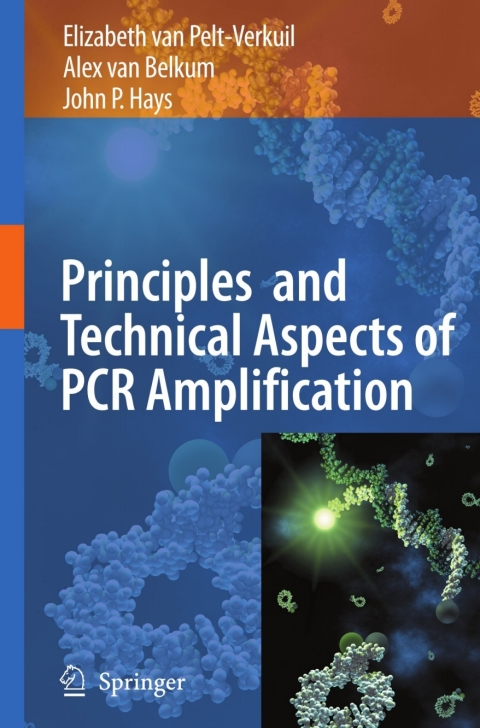

Most ebook files are in PDF format, so you can easily read them using various software such as Foxit Reader or directly on the Google Chrome browser.
Some ebook files are released by publishers in other formats such as .awz, .mobi, .epub, .fb2, etc. You may need to install specific software to read these formats on mobile/PC, such as Calibre.
Please read the tutorial at this link: https://ebookbell.com/faq
We offer FREE conversion to the popular formats you request; however, this may take some time. Therefore, right after payment, please email us, and we will try to provide the service as quickly as possible.
For some exceptional file formats or broken links (if any), please refrain from opening any disputes. Instead, email us first, and we will try to assist within a maximum of 6 hours.
EbookBell Team

4.1
20 reviewsThis book aims to provide an introduction to: (i) the concept of PCR, (ii) PCR technologies, (iii) PCR applications and (iv) PCR quality, with particular emphasis being placed upon PCR applications and techniques relevant to the clinical laboratory. This book will without doubt be useful as a reference work pertaining to technical aspects of PCR for all bio-medical students, research technicians, medics and scientists interested in the PCR technique and it’s applications per se.
Wherever possible, the authors have tried to provide figures, scientific publications, or references to commercially available products, in order to illustrate any particularly important concepts or comments. Indeed, all commercial PCR biotechnology companies offer information about their products on internet sites and in online technical manuals. These online resources will be invaluable for any readers requiring more detailed PCR protocols. The authors have provided references for many PCR concepts and applications that are directly useful to the clinical laboratory audience. These references provide a starting point for a more detailed investigation into the PCR techniques and concepts mentioned. In particular, further detailed information may be acquired by (i) referring to the reference section of cited publications, and (ii) by referring to other more recent) publications published by the cited author(s).